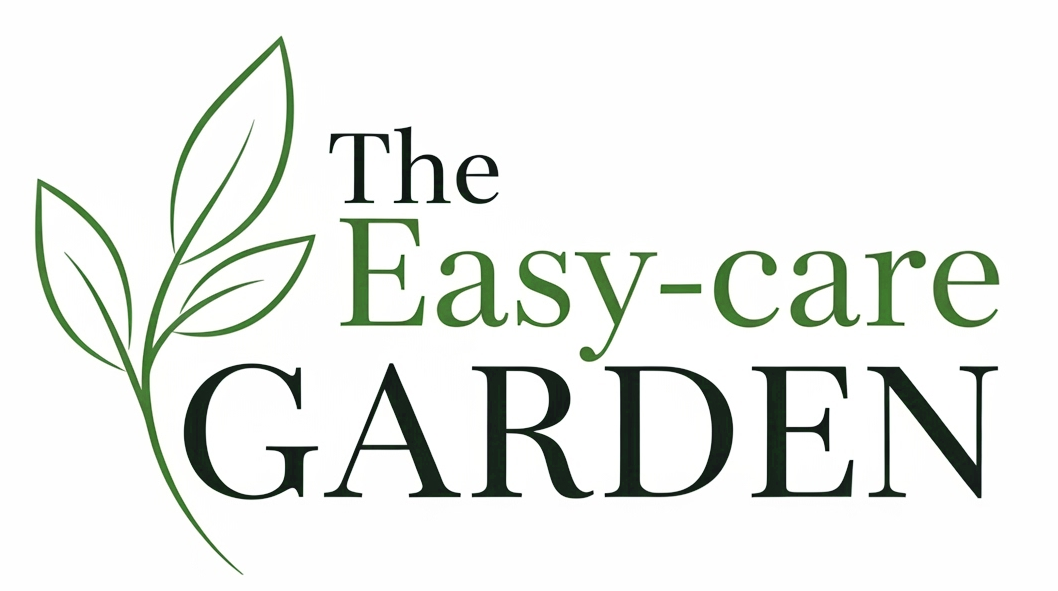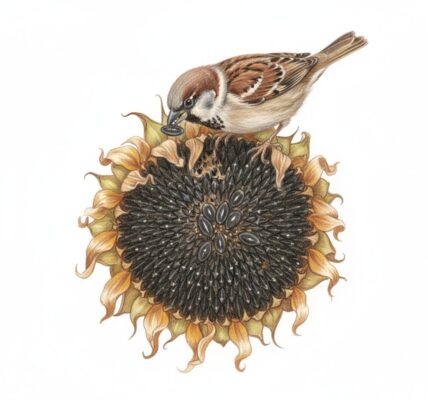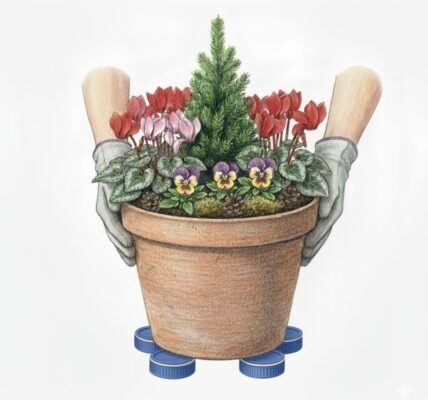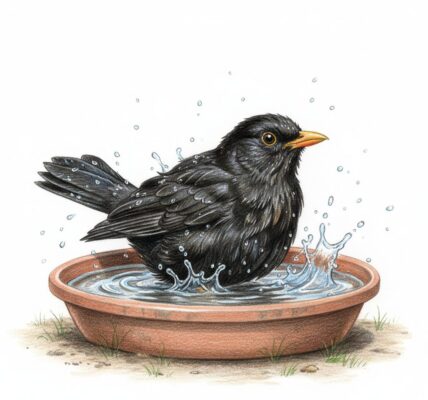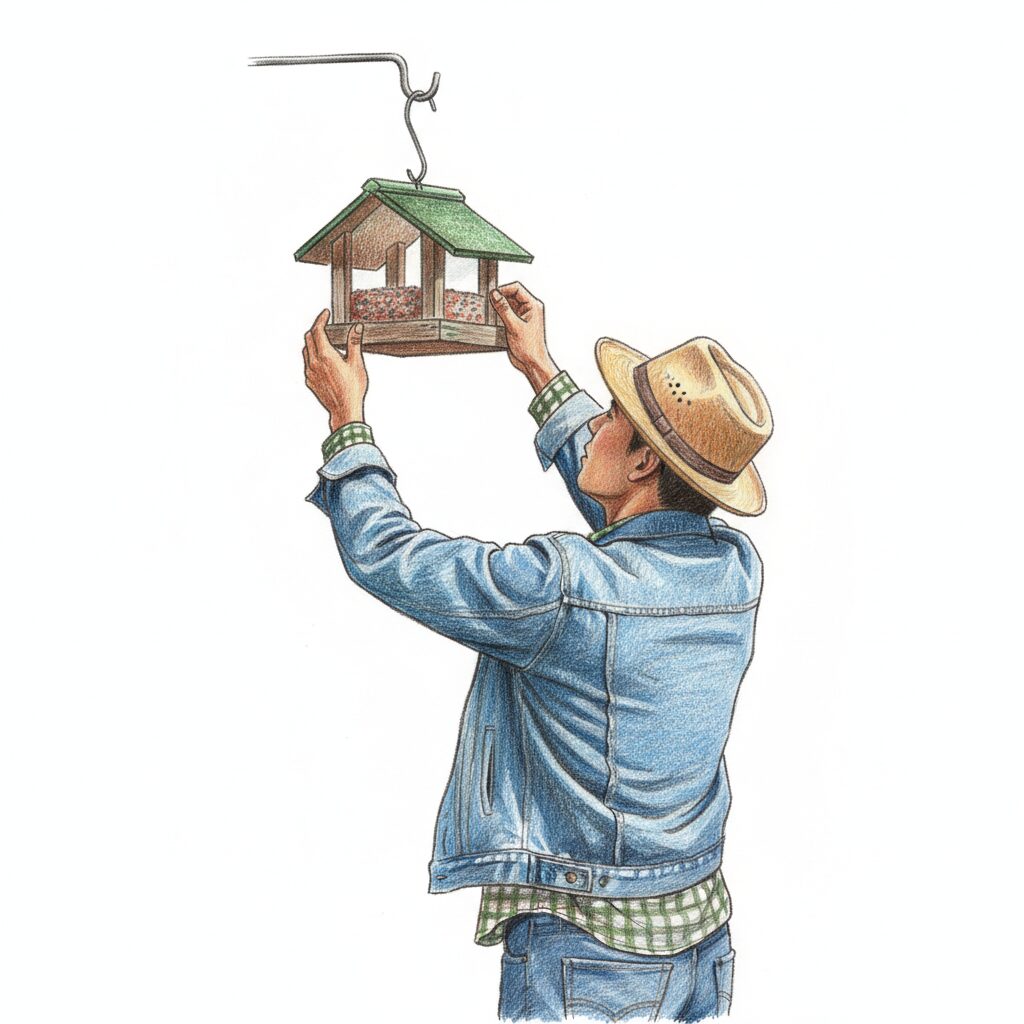
November marks a critical transition point for wild birds, making it the ideal time to set up or replenish your garden feeders. As the weather grows colder and natural food sources, such as berries and insects, become scarce, birds begin to require more assistance to survive the winter. Hanging a feeder now ensures that your garden becomes a reliable and life-saving source of energy before the harshest frosts hit. Establishing a feeding routine in November allows birds to find and get accustomed to your feeder early on, which is crucial for the lean winter months ahead. By offering supplemental food, you help them maintain their fat reserves, which are vital for insulation and for surviving the long, cold nights.
Beyond survival, feeding birds in your garden offers immense personal pleasure. As the autumn leaves fall and the garden looks bare, a busy bird feeder brings vibrant life and activity right outside your window. It’s an easy way to connect with nature and observe fascinating bird behaviour up close, turning a drab November day into an engaging spectacle. Starting early ensures you don’t miss the influx of winter visitors.
When it comes to selecting the best bird food, sunflower hearts are the top choice. These are de-husked sunflower seeds, meaning they offer maximum nutritional value with no waste. The high oil and protein content provides a huge energy boost, which is exactly what birds need to survive the cold. Unlike seeds with husks, such as black sunflower seeds, hearts are instantly digestible and leave no messy husks on the ground beneath your feeder.
The lack of a husk also makes them accessible to a wider variety of garden birds, including those with softer bills, like robins, dunnocks, and blackbirds, who often struggle with tougher seeds. By choosing sunflower hearts, you’re offering an easy, high-calorie meal that caters to almost every bird visiting your garden, ensuring your efforts provide the greatest benefit throughout the challenging winter season.
